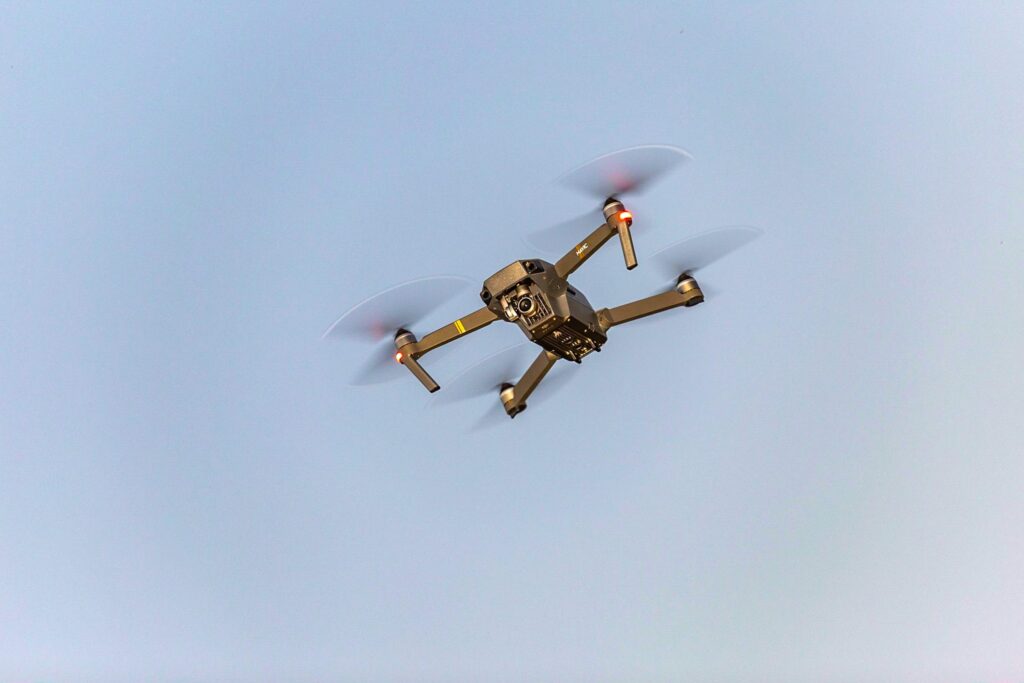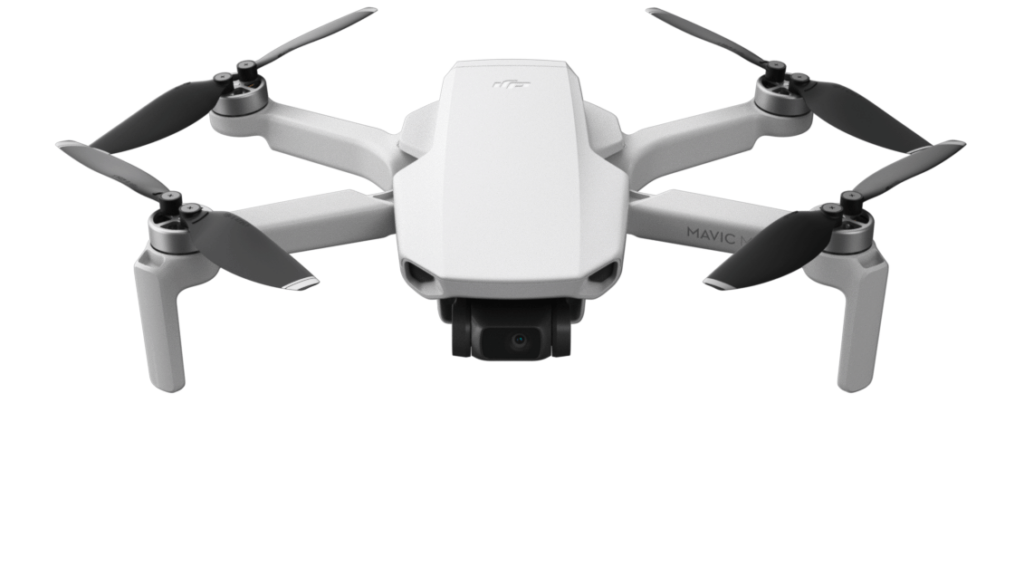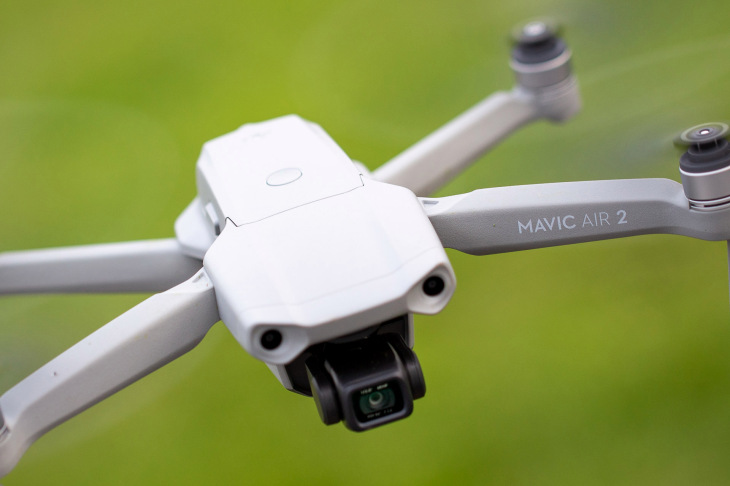Will there be drone taxis around the skies in the future? Absolutely yes, it’s a matter of when. An increasing number of major companies are preparing themselves to enter that space.
What is Urban Air Mobility?
Urban Mobility (UAM) envisions a safe and efficient aviation transportation system that will use highly automated aircraft that will operate and transport passengers or cargo at lower altitudes within urban and suburban areas.
UAM will be composed of an ecosystem that considers the evolution and safety of the aircraft, the framework for operation, access to airspace infrastructure development and community engagement.
What is Advanced Air Mobility?
Advanced Air Mobility (AAM) builds upon the UAM concept by incorporating use cases not specific to operations in urban environments, such as:
• Commercial Inter-city (Longer Range/Thin Haul)
• Cargo Delivery
• Public Services
• Private / Recreational Vehicles
Where Will UAM Aircraft Land?
The initial UAM ecosystem will utilize existing helicopter infrastructure such as routes, helipads and Air Traffic Control (ATC) services, where practical given the aircraft characteristics. Looking forward to the future, the FAA is working to identify infrastructure design needs for these aircraft. The FAA expects to develop a new vertiport standard in the coming years.
What is the FAA Doing?
The FAA is including AAM and UAM in the planning efforts, their work is organized around five areas of activity- aircraft, airspace, operations, infrastructure and community. The FAA is collaborating with the National Aeronautics and Space Administration (NASA) on their Advanced Air Mobility National Campaign. In June 2020, The FAA developed and shared the UAM Concept of Operations (ConOps) version 1.0 with both internal and external stakeholders.
Latest News
Hyundai’s Urban Air Mobility Division has announced a partnership with ANRA Technologies, a company that specializes in end-to-end drone solutions and traffic management solutions for unmanned system operators and airspace managers. They will be developing the operating environment for the AAM industry. Of course, there is more to it than creating vehicles that can fly. They must ensure that there is no conflict with other traffic in the airspace as well as Air Traffic Control being able to see, at a glance where all aircraft are.
Where Things Are Now
A large number of companies are interested in the whole UAM/AAM future. This move will not take place overnight. But, there is research, investment and software development happening to ensure the safe integration of this coming generation of aircraft that will be taking to the skies over urban areas. Isn’t this getting exciting? I believe this will be a reality quicker than we think.



